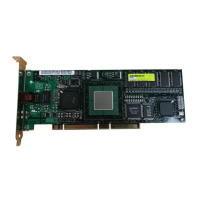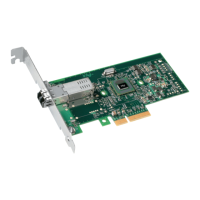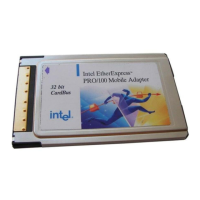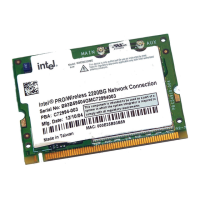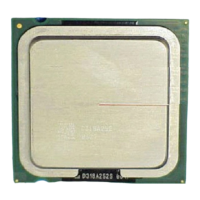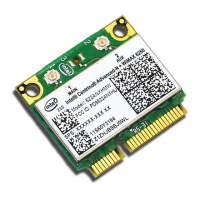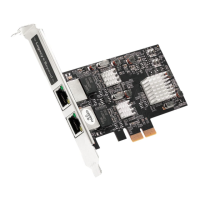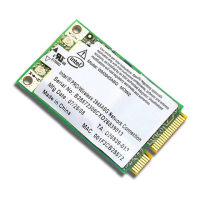1000BASE-T/100BASE-TX/10BASE-T Physical Layer Compliance Tests Manual
Intel Confidential 117
Building and Testing UTP LAN Cables to Insertion Loss Specifications
13. Divide the insertion loss at 16 MHz by the length in meters. The result of this calculation is the
characteristic dB/meter. It is not uncommon for TX cable loss and RX cable loss to be slightly
different. Average the numbers to calculate a single insertion loss/meter for the cable.
14. To calculate the length of cable for a required insertion loss, divide the required insertion loss
by the loss/meter.
15. Build cables to the length(s) that you calculated.
16. Repeat steps 10 through 14 to measure the TX and RX insertion loss of the cables that were
built in step 15.
E.2 Alternate Insertion Loss Measurement Techniques
Cable insertion loss can also be measured/calculated by more difficult and/or less accurate
methods:
•
Signal generator, two baluns, and a couple of power meters.
•
Signal generator, two baluns, and an oscilloscope with one or two differential probes (in lieu of
one or both power meters).
Note: A variation on the last method dispenses with the baluns and the differential probes,
but requires the use of two (matched) channels on the oscilloscope, two phase-
matched coaxial cables, and a signal generator.
All of the alternative measurements require the user to manually add or subtract some correction
factors, and/or convert from voltage to decibels in order to obtain the cable's insertion loss.
Note: A network analyzer is more accurate than the alternate measurement methods.
Table E-1 . Test C ables 1-5
Test Cable Type Insertion Loss Frequency Error
1 CAT5 0.5 dB 16 MHz ± 0.20 dB
2 CAT5 2.5 dB 16 MHz ± 0.20 dB
3 CAT5 5.0 dB 16 MHz ± 0.20 dB
4 CAT5 7.5 dB 16 MHz ± 0.20 dB
5 CAT5 10.0 dB 16 MHz ± 0.20 dB

